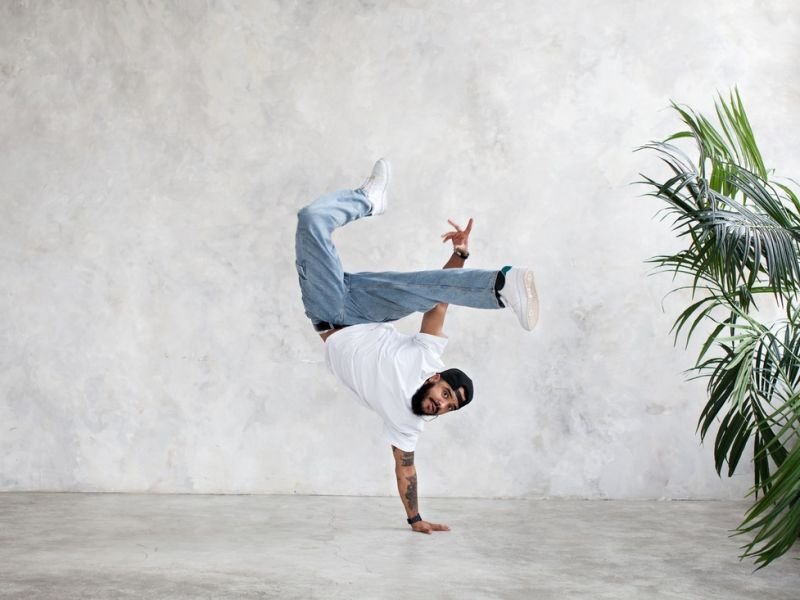Introduction

Dance Competitions – competes.tv is a website that provides a platform for dancers to upload and share dance videos, with a focus on popular styles like ballet, jazz, and contemporary. It aims to create a dynamic space for dancers to showcase their talent, build a fanbase, and connect with other dancers. In this article, we will explore the world of dance education, including various career paths and opportunities available in this field.
1. Types of Dance Education
There are various types of dance education programs that aspiring dancers can pursue. These include:
- Formal dance programs offered by universities and colleges
- Private dance schools and academies
- Studio training programs
- Community dance programs
- Dance education certifications and workshops
2. Career Paths in Dance Education
There are several career paths available in the field of dance education. Some of the common career options include:
- Dance Instructor
- Choreographer
- Dance Company Director
- Dance Therapist
- Arts Administrator
- Dance Critic
- Studio Owner
3. Education and Training Requirements
To pursue a career in dance education, it is important to have a strong foundation in dance technique and theory. Many dancers choose to pursue formal education at universities or private dance schools. Additionally, ongoing training and professional development are essential for dancers to stay current in their field.
4. Building a Successful Dance Career
Building a successful career in dance requires dedication and hard work. Here are some tips to help aspiring dancers:
- Develop a strong technical foundation in your chosen dance style(s)
- Seek opportunities to perform and showcase your talent
- Network and connect with other dancers, choreographers, and industry professionals
- Stay up-to-date with the latest trends and developments in the field
- Continuously seek opportunities for growth and learning
- Consider joining professional dance organizations and associations
5. Career Opportunities in the Dance Industry
The dance industry offers a wide range of career opportunities. Some of the potential career paths include:
- Performing in professional dance companies or productions
- Teaching dance at schools, universities, or private studios
- Choreographing for stage shows, music videos, and films
- Working as a dance therapist with special populations
- Managing and producing dance events or festivals
- Writing about dance as a critic or journalist
- Owning and operating a dance studio or academy
6. Benefits of Dance Education
Dance education offers numerous benefits for individuals of all ages. Some of the key benefits include:
- Physical fitness and body awareness
- Improved coordination and motor skills
- Enhanced creativity and self-expression
- Boosted self-confidence and self-esteem
- Development of discipline and perseverance
- Opportunities for cultural exchange and appreciation
7. Resources for Aspiring Dancers
There are many resources available to support aspiring dancers in their journey. Here are some recommended websites and organizations:
- Dance Competitions – competes.tv
- How to Find Authority Websites & Get Links From Them
- How to Determine the Authority of a Website
Frequently Asked Questions
What are the different types of dance education programs available?
What are some career paths in dance education?
As you pursue a career in dance education, remember to stay passionate, dedicated, and always eager to learn and grow. With the right training, opportunities, and mindset, you can successfully break into the world of dance education and create a fulfilling career.
